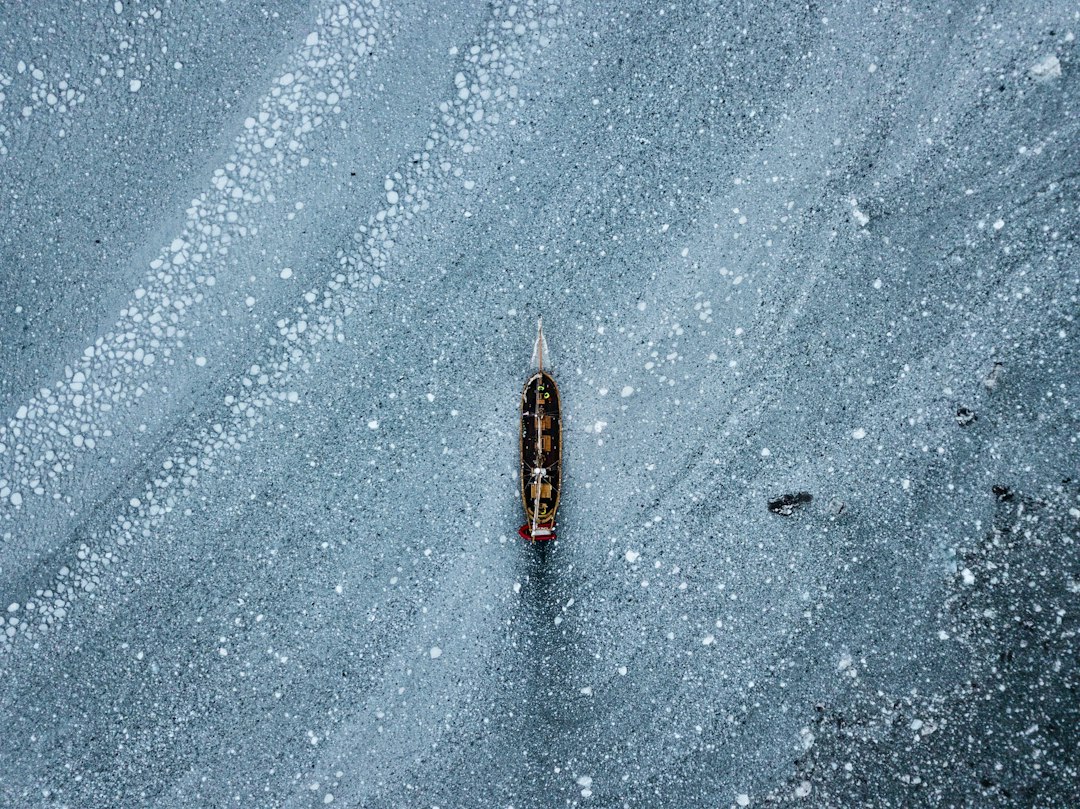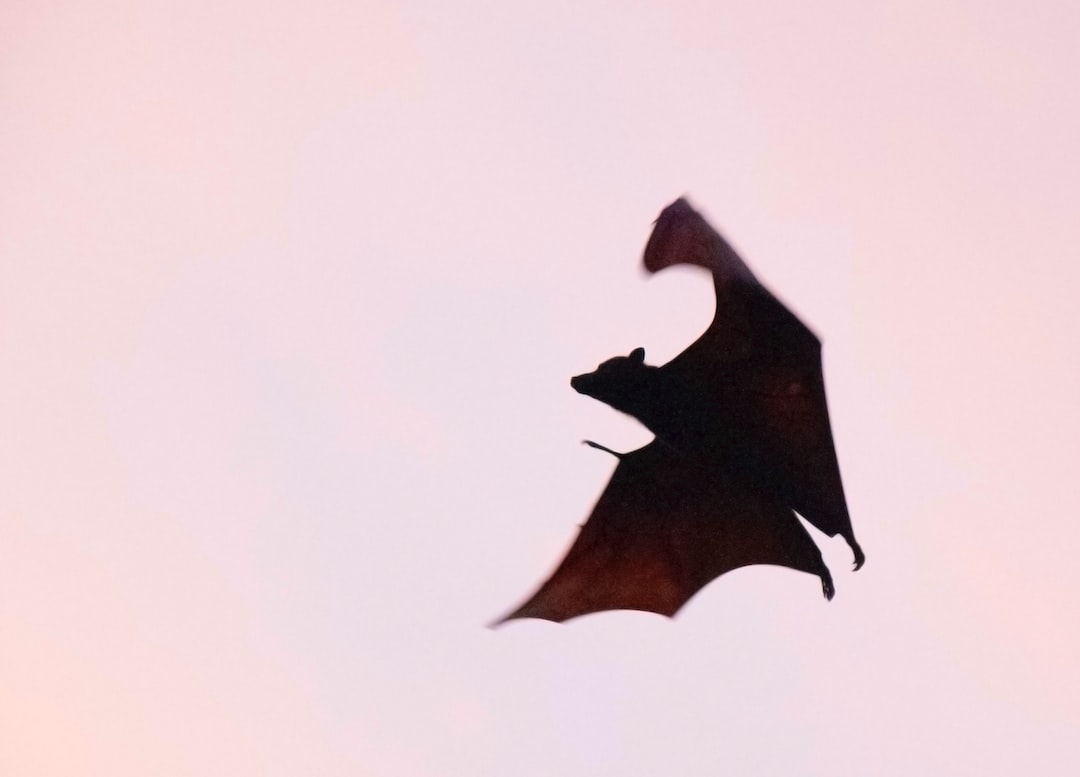The Viking Age, which spanned from the late 8th century to the early 11th century, was a time of great exploration and expansion for the Norse people. Known for their seafaring skills and warrior culture, the Vikings ventured far and wide, establishing colonies and trading networks across Europe, Asia, and even North America. One of the most intriguing aspects of Viking history is their colonization of Greenland, a remote and inhospitable landmass in the North Atlantic Ocean.
The Viking colonies in Greenland were established by Erik the Red, a Norwegian explorer who was banished from Iceland for murder. In the late 10th century, Erik sailed westward and discovered a large island covered in ice and snow. He named it Greenland in an effort to attract settlers, as he believed that a more appealing name would entice others to join him in this new land.
Key Takeaways
- Viking colonies were established in Greenland in the 10th century.
- The colonies mysteriously disappeared in the 15th century.
- Archaeological discoveries have shed light on Viking life in Greenland.
- Climate change played a role in the colonies’ demise.
- The Viking colonies had a significant impact on Greenlandic society and trade.
The Mysterious Disappearance of the Viking Colonies
The Viking colonies in Greenland thrived for several centuries, with a population estimated to be around 3,000 people at its peak. However, by the 15th century, the colonies had mysteriously disappeared. The exact reasons for their demise remain a subject of debate among historians and archaeologists.
One theory suggests that the colonies were abandoned due to a combination of factors, including economic decline, isolation, and conflicts with indigenous peoples. The Vikings relied heavily on trade with Europe for essential goods such as iron, timber, and livestock. As trade routes shifted and European demand for Greenlandic products declined, the colonies may have struggled to sustain themselves economically.
Another theory proposes that the Vikings faced increasing hostility from the indigenous Inuit people who inhabited Greenland before their arrival. Conflicts over resources and territory may have led to tensions that ultimately forced the Vikings to abandon their settlements.
Archaeological Discoveries in Greenland
Despite the mystery surrounding the disappearance of the Viking colonies, archaeological discoveries in Greenland have shed light on the lives of these early settlers. Excavations at sites such as Brattahlid and Gardar have uncovered a wealth of artifacts, including tools, weapons, jewelry, and even fragments of Norse buildings.
These discoveries have provided valuable insights into Viking life in Greenland. For example, the presence of spinning tools and loom weights suggests that textile production was an important industry in the colonies. Additionally, the discovery of animal bones and fish remains indicates that hunting and fishing played a crucial role in the Vikings’ diet and economy.
Uncovering the Truth about Viking Life in Greenland
| Metrics | Data |
|---|---|
| Duration of Viking presence in Greenland | 985-1450 AD |
| Number of Viking settlements in Greenland | 2 |
| Population of Viking settlements in Greenland | 500-600 people |
| Main source of food for Vikings in Greenland | Seals and walruses |
| Reasons for Viking abandonment of Greenland | Climate change, dwindling resources, conflicts with Inuit people |
Thanks to archaeological findings, we now have a better understanding of the daily life of the Vikings in Greenland. The colonies were organized into small farming communities, with each household responsible for cultivating crops and raising livestock. The harsh climate and limited arable land meant that agriculture was challenging, but the Vikings managed to grow crops such as barley and rye.
Social structure in the Viking colonies was hierarchical, with a chieftain or jarl at the top, followed by free farmers, craftsmen, and slaves. The chieftain held significant power and authority, while free farmers were responsible for their own land and livestock. Craftsmen played a vital role in producing goods such as tools, weapons, and jewelry, while slaves provided labor for farming and household chores.
Religion was an integral part of Viking life in Greenland. The settlers practiced a form of Norse paganism, worshipping gods such as Odin, Thor, and Freya. Rituals and sacrifices were performed to ensure good harvests, successful hunts, and protection from harm. The Vikings also believed in an afterlife, with warriors aspiring to reach Valhalla, a great hall where they would feast and fight alongside the gods.
The Role of Climate Change in the Viking Colonies’ Demise
One of the most significant factors contributing to the decline of the Viking colonies in Greenland was climate change. During the 14th and 15th centuries, the region experienced a period known as the Little Ice Age, characterized by colder temperatures and increased glaciation.
The impact of the Little Ice Age on the colonies was devastating. The colder climate made it increasingly difficult to grow crops, leading to food shortages and famine. The Vikings’ reliance on agriculture and livestock meant that they were particularly vulnerable to changes in climate, and their inability to adapt ultimately contributed to their downfall.
Furthermore, the colder climate disrupted trade routes and made it more challenging for European ships to reach Greenland. As a result, the colonies became increasingly isolated and cut off from essential supplies. This isolation, combined with economic decline and conflicts with indigenous peoples, likely hastened the demise of the Viking settlements.
The Impact of Norse Culture on Greenlandic Society

Despite the disappearance of the Viking colonies, Norse culture has left a lasting impact on modern-day Greenlandic society. The Vikings introduced new technologies, such as ironworking and shipbuilding, which revolutionized local industries. They also brought with them a rich oral tradition, which has been passed down through generations and forms an important part of Greenlandic cultural heritage.
Norse cultural practices are still evident in Greenland today. Traditional crafts such as knitting, weaving, and woodcarving have their roots in Viking craftsmanship. Norse mythology and folklore continue to be celebrated through storytelling, music, and festivals. Additionally, many place names in Greenland are of Norse origin, serving as a reminder of the Vikings’ presence on the island.
The Importance of Trade in the Viking Colonies
Trade played a crucial role in the survival and prosperity of the Viking colonies in Greenland. Despite their remote location, the Vikings established extensive trade networks that connected them to Europe and other parts of the North Atlantic region.
The colonies relied on trade with Europe for essential goods that were not available in Greenland, such as iron, timber, and livestock. In exchange, the Vikings exported products such as walrus ivory, furs, and dried fish. These goods were highly valued in Europe and played a significant role in the Viking economy.
Trade was not only essential for economic reasons but also for cultural exchange. Through trade, the Vikings were exposed to new ideas, technologies, and cultural practices from Europe and other regions. This exchange of goods and knowledge helped shape Viking society in Greenland and contributed to its development.
The Legacy of the Viking Colonies in Greenland Today
The Viking colonies in Greenland may have disappeared centuries ago, but their legacy lives on in modern-day Greenland. The Norse settlements have left a lasting impact on the island’s culture, history, and identity.
One of the most significant legacies of the Viking colonies is the archaeological sites that have been preserved. These sites provide valuable insights into Viking life and serve as a reminder of the island’s rich history. They also attract tourists from around the world, contributing to Greenland’s economy and promoting cultural heritage.
Furthermore, Norse cultural practices continue to be celebrated and preserved in Greenland. Traditional crafts such as knitting, weaving, and woodcarving are still practiced today, keeping alive the skills and techniques passed down from the Vikings. Norse mythology and folklore are also an important part of Greenlandic cultural identity, with stories and legends being shared through oral tradition.
Comparing the Greenlandic and Icelandic Viking Settlements
While both Greenland and Iceland were colonized by the Vikings during the same period, there are significant differences between the two settlements that contributed to their divergent fates.
One key difference is the climate. Iceland, despite its name, has a milder climate than Greenland due to its location further south. The more favorable climate allowed for more successful agriculture in Iceland, which in turn supported a larger population and a more sustainable economy. In contrast, Greenland’s harsh climate and limited arable land made agriculture challenging, leading to food shortages and economic decline.
Another difference is the level of isolation. Iceland, although remote, was still connected to Europe through regular trade routes. This allowed for a constant flow of goods and ideas between Iceland and the rest of the Viking world. In contrast, Greenland’s isolation and the disruption of trade routes during the Little Ice Age cut off the colonies from essential supplies and contact with the outside world.
The Significance of the Viking Colonies in the History of the North Atlantic
The Viking colonies in Greenland hold great significance in the history of the North Atlantic region. They represent a remarkable feat of exploration and colonization, as the Vikings managed to establish settlements in one of the most inhospitable environments on Earth.
Studying the Viking colonies is crucial for understanding the history of the North Atlantic region. The colonies provide insights into early European exploration, trade networks, and cultural exchange. They also highlight the impact of climate change on human societies and serve as a cautionary tale for our own time.
In conclusion, the Viking colonies in Greenland are a fascinating chapter in history that continues to captivate scholars and enthusiasts alike. The mysterious disappearance of these settlements, combined with their lasting impact on Greenlandic culture, make them a subject of ongoing research and exploration. By studying the Viking colonies, we can gain valuable insights into the lives of these early settlers and their contributions to the history of the North Atlantic region.
FAQs
What were the Viking colonies in Greenland?
The Viking colonies in Greenland were settlements established by Norse explorers during the late 10th century. These colonies were located on the southwestern coast of Greenland and were primarily used for farming and hunting.
How did the Vikings get to Greenland?
The Vikings sailed to Greenland from Iceland, which was already settled by Norse explorers. The journey from Iceland to Greenland took approximately 3-4 days by boat.
Why did the Vikings settle in Greenland?
The Vikings settled in Greenland primarily for farming and hunting purposes. They were attracted to the fertile land and abundant wildlife, which provided them with the resources they needed to survive.
What was life like in the Viking colonies in Greenland?
Life in the Viking colonies in Greenland was harsh and challenging. The climate was cold and unpredictable, and the settlers had to rely on their farming and hunting skills to survive. They also had to deal with occasional conflicts with the native Inuit people.
What caused the decline of the Viking colonies in Greenland?
The decline of the Viking colonies in Greenland is believed to have been caused by a combination of factors, including climate change, overfarming, and conflicts with the Inuit people. The settlements were eventually abandoned in the 15th century.







